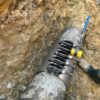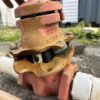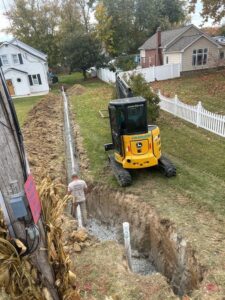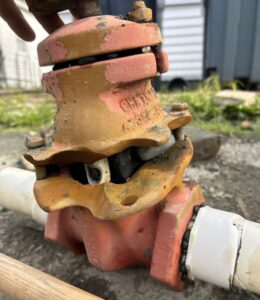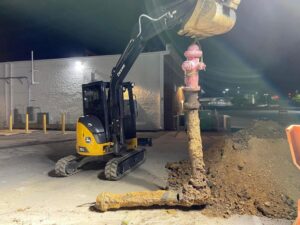Understanding the Importance of Effective Drainage Solutions
Proper drainage is the backbone of a safe and stable property. Whether you’re a homeowner or a business owner, ensuring that water moves away from your building and land is critical to preventing costly damage. Poor drainage can lead to a host of issues, including structural damage, erosion, and even safety hazards. In this post, we’ll explore why drainage is so important, common problems caused by poor drainage, and practical solutions to keep your property secure and dry.
Understanding the Risks of Poor Drainage
Water is a powerful force, and when it isn’t managed properly, it can wreak havoc on your property. Some of the most common issues caused by poor drainage include:
– Water Damage and Flooding: Standing water or improper water flow can lead to flooded basements, crawlspaces, and yards. This not only creates an environment for mold and mildew but also weakens your property’s structural integrity.
– Erosion: Without proper drainage, water can erode soil, causing uneven ground and potentially destabilizing foundations or landscaping.
– Surface Damage: Excess water can damage driveways, sidewalks, and other hardscapes, leading to costly repairs.
– Environmental Impact: Poor drainage can also affect the surrounding environment, leading to nutrient runoff and water pollution.

Common Drainage Issues and Solutions
Identifying drainage problems early is key to preventing long-term damage. Here are some common issues and their solutions:
1. Standing Water in Your Yard
– Solution: Installing a French drain or curtain drain can redirect water away from your property, ensuring your yard remains dry and stable.
2. Basement Flooding
– Solution: A pressure relief system or sump pump installation can effectively manage groundwater and prevent basement flooding.
3. Erosion and Landslide Risks
– Solution: Implementing erosion control measures, such as grading improvements or installing retaining walls, can protect your property from soil erosion.
4. Surface Water Runoff
– Solution: Proper grading and the installation of catch basins can manage runoff and prevent damage to your hardscapes.
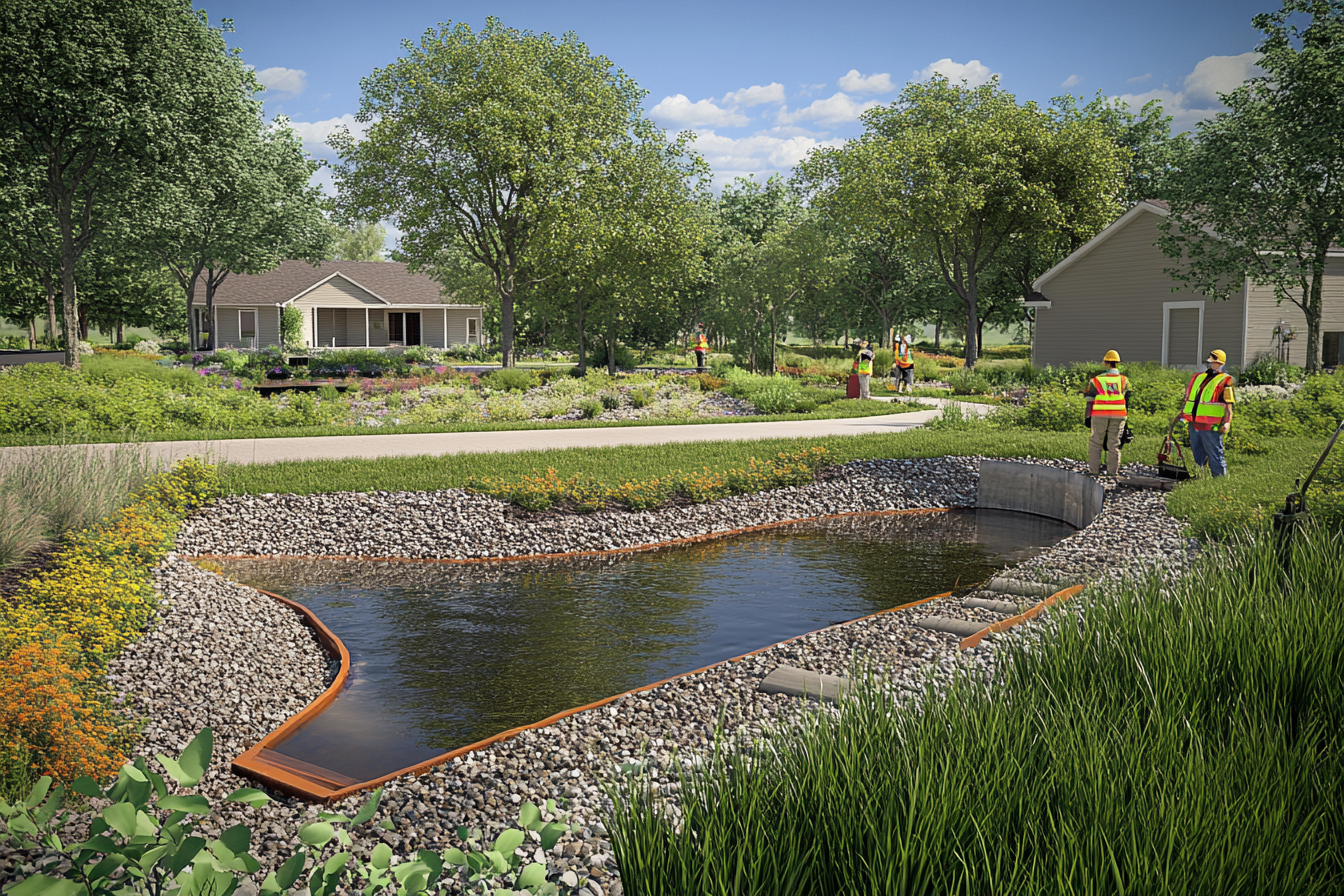
DIY Tips for Improving Drainage
While some drainage issues require professional intervention, there are steps you can take to improve drainage on your property:
– Check and Clear Gutters: Ensure your gutters and downspouts are free of debris to allow water to flow freely away from your home.
– Inspect Grading: Ensure your yard slopes away from your foundation to prevent water from pooling near your home.
– Use Landscaping: Planting water-absorbing plants and installing swales or berms can help manage water naturally.
– Install Surface Drains: Consider adding catch basins or channel drains in areas where water tends to collect.

When to Call in the Professionals
While DIY solutions can help, some drainage issues require expert attention. If you notice persistent water problems, such as recurring basement flooding or significant erosion, it’s time to consult a professional drainage contractor.
A reputable contractor can assess your property, identify the root cause of the issue, and implement long-lasting solutions tailored to your needs. From installing complex drainage systems to performing landscaping grading, professionals have the tools and expertise to ensure your property remains dry and stable.

Conclusion
Effective drainage is not just about protecting your property; it’s about safeguarding your investment and ensuring the safety of your family or customers. By understanding the risks of poor drainage and taking proactive steps to address them, you can enjoy peace of mind knowing your property is secure and dry.
For more details, visit our main Drainage page to explore our comprehensive drainage solutions.
Don’t wait until it’s too late. Contact Shoreline Excavating Inc. today to schedule your free consultation and take the first step toward a safer, drier property.

